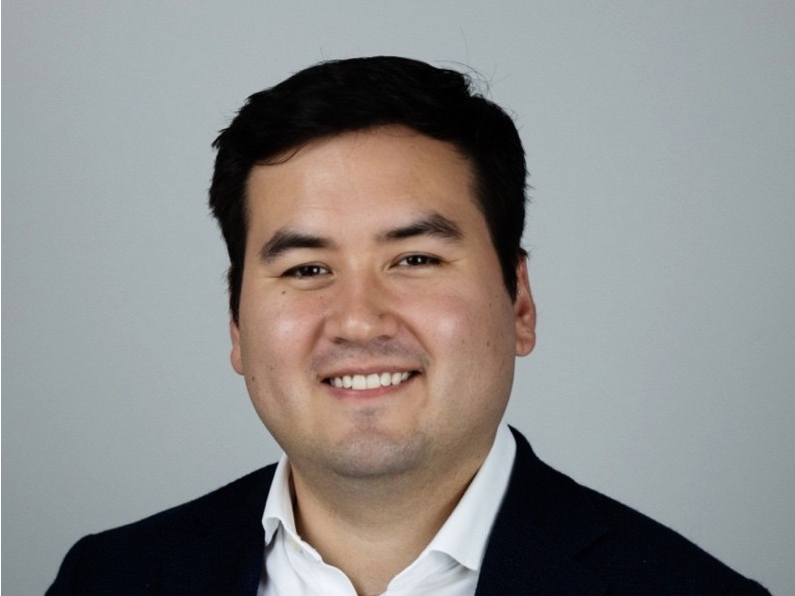Andrew Parsonson, Medical Oncologist at Nepean Blue Mountains Local Health District (NBMLHD), shared a post on X:
“A team effort with Anuradha Vasista, Lauren Brown, Belinda Kiely et al. Simple multiples of the median OS from RCTs can be used to estimate and communicate prognosis for patients with advanced breast cancer starting endocrine therapy.
Oncologists are often asked to provide information about expected survival time for patients with metastatic cancer however a single point estimate of the ‘median’ OS from a trial by itself is often inaccurate for the majority of patients who fall on either side of this.
The queen of prognosis Belinda Kiely et al. has shown that using estimates of best-case, typical, and worst-case scenarios for survival to explain life expectancy as a communication aid is more helpful to patients than providing the median OS alone.
Belinda Kiely, Martin Stockler et al. first showed that percentiles of an OS curve can be used to estimate these worst-case, typical, and best-case scenarios for patients starting chemotherapy and these can be estimated from multiples of the median OS.
Anuradha Vasista et al. showed the same for patients starting HER2 directed treatment, but what about ER+ HER2- metastatic breast cancer patients starting endocrine therapy especially in the era of CDK 4/6 inhibitors?
We also showed that multiplying the median OS by four simple multiples: 0.25 (to estimate the 90th percentile), 0.5 (75th), 2 (25th), and 3 (10th) was a good rule of thumb for estimating the percentiles (scenarios) in the majority of OS curves for patients ET.
E.g. a patient starting 1L CDK4/6i = median OS of 61 months. Worst-case scenario is 15 months or less (0.25×61), typical is between 2.5 and 10 years (0.5×61 to 2×61) and the best-case is likely up to 15 years (3×61) *NB: insufficient F/U to estimate for best-case in most curves.
These scenarios can be explained as: ‘If we imagine 100 people receiving this Rx, then based on the survival in the trial, we would expect approximately 5–10 people to die within 15 months, the middle 50 people to live 2.5–10 years and 5–10 people to live longer than 15 years’.
Obviously lots of caveats, nuances and limitations that need to be taken into account. Data on the better case scenarios are limited due to a lack of long-term follow-up in trials and individual patient characteristics should always be considered when discussing prognosis.
Extended follow-up of clinical trials and publication of this data is vital to ensure clinicians and bcsm patients are better informed on possible long-term outcomes.”
Source: Andrew Parsonson/X
